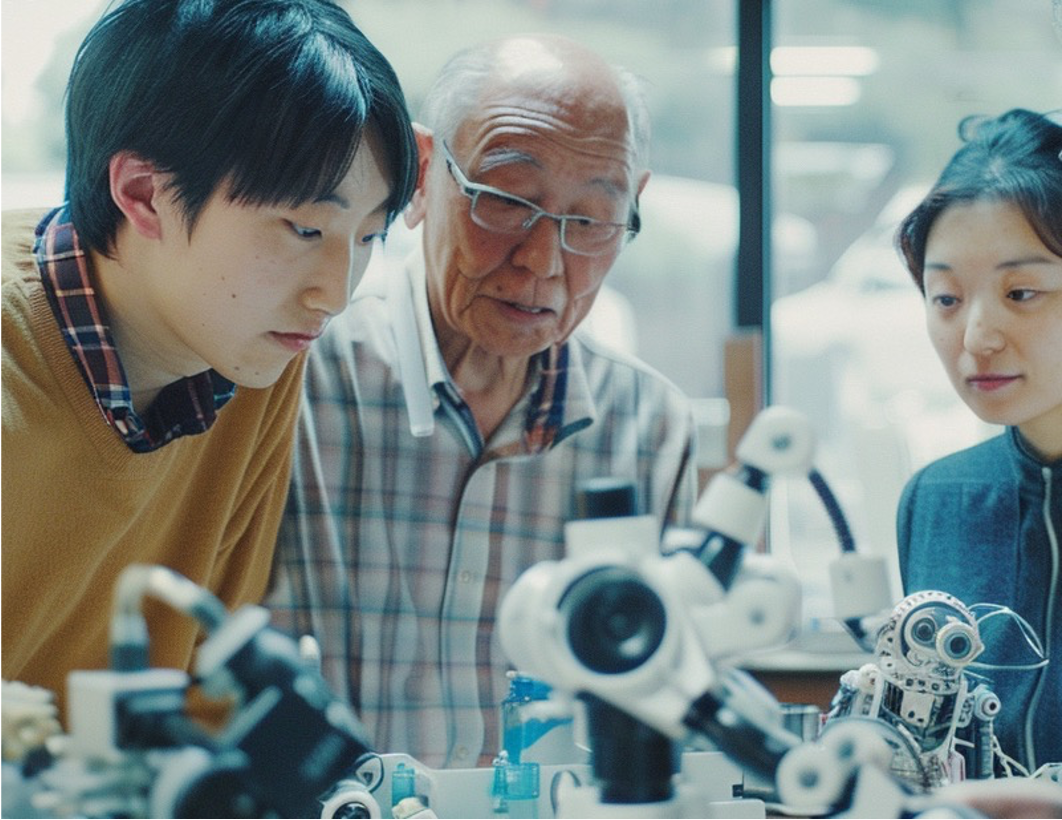With 30% of its population now aged 65+, Japan offers a rare vantage point of what ageing can be like for ageing countries worldwide.
Certainly, with its concentrated ageing adult population numbering 36 million (projected to generate “ageing care market” revenues of US$954 billion by 2025), it is a continuing source of inspiration for development of ageing, longevity, and caregiving products.
Setting the Japanese apart from their ageing counterparts around the world is their:
- Activity and Quality of Life (QOL)
- Financial Stability
- Open-mindedness to Tech
Activity and Quality of Life (QOL)
When thinking of life span (total number of years lived) versus health span (how many of those years are healthy and disease-free), Japan fares well.
Older Japanese are both physically and mentally active – even into their early 80s – with many participating in tri-weekly exercise programs and actively engaging in social activities to stay sharp and involved in life.
Underlying their proactivity is a strong desire to remain independent as long as possible. Their attitudes toward living well while ageing result in better quality of life for both the short- and long-term.
Financial Stability
Japan’s ageing population is also in good shape financially, with those aged 60+ holding nearly 65% of the country’s $17 trillion in personal financial assets.
Average savings for 65+ households is 1.4 times higher than for all 2+-person households (i.e., ¥15.9 million or US$ 146,000). Nearly 18% of 65+ households have savings of ¥40 million (US$ 366,000) or higher.
A June 2023 government White Paper points out that over 70% of those aged 75+ felt secure and without financial concerns.
Open-mindedness to Tech
The Carter Group’s recent annual Consumer Sentiment Survey demonstrated high permission across all generations for development of new technologies, robotics, and digital services. Specifically, 62% of Japanese agreed that “society will become more open to robotics and advanced technology to cover the lack of future caregivers in Japan.”
Those already caregiving (especially those aged 45-65) tend to be the most open-minded to using technology, but there is also strong support among care receivers (especially those still relatively active), for technology to help with daily living needs, extend independent living years, and create more quality time with family and friends.
Foundational consumer trust in technology solutions is in part due to Japan’s longtime leadership role in robotics R&D and adoption. In addition to years of utilization in the manufacturing sector, the use of robot helpers has begun to emerge in the areas of medical and ageing care.
The Carter Group
The Carter Group-JMRN’s initiative Living Best – Ageing with Technology provides a pathway to success for agetech startups in the Japanese market through its integrated community including both Professional and User Groups.
Join our complimentary Professional Group of international stakeholders (i.e., startups, investors, corporates, academics, government – and other industry participants)! For further information, please visit:
https://living-best.tech/ja/professional-community/
Download our 2024 white paper (The World’s Real-time Laboratory for AgeTech) to learn all about agetech opportunities in Japan!


